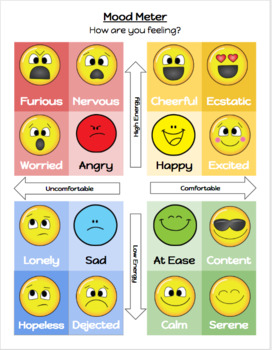THE FEET CAN MEASURE THE HEIGHT
The bones of the feet can tell a lot about a person. What do feet reveal about a person's height? Forensic anthropologists team up with law enforcers to help solve crimes.
Bones of the feet can reveal an interesting fact about an individual. Let's combine math with forensics to see how.


Aim: To use forensic science techniques to measure the height of a criminal.
Material:
- A meter ruler
- Your foot
- Yourself
-
Steps:
- Get a meter ruler
- Measure the foot length
- Measure the height
- Record on the chart
Findings:
Name
|
Foot (cm)
|
Height (cm)
|
| Chloe T | 21 | 1.44 |
| Chloe M | 25 | 1.62 |
| Keghan | 24 | 1.50 |
Divide the length of each person's foot by his/her height.Then multiply it by 100.
Conclusion
My foot length was 21 cm and my height is 1.44 cm and the other Chloe's foot size is 25 cm and her height is 1.62 cm Keghan's foot size is 24 cm and height is 1.50
 Today I'm feeling cheerful and excited because I'm going to see my nana and Granddad today
Today I'm feeling cheerful and excited because I'm going to see my nana and Granddad today

